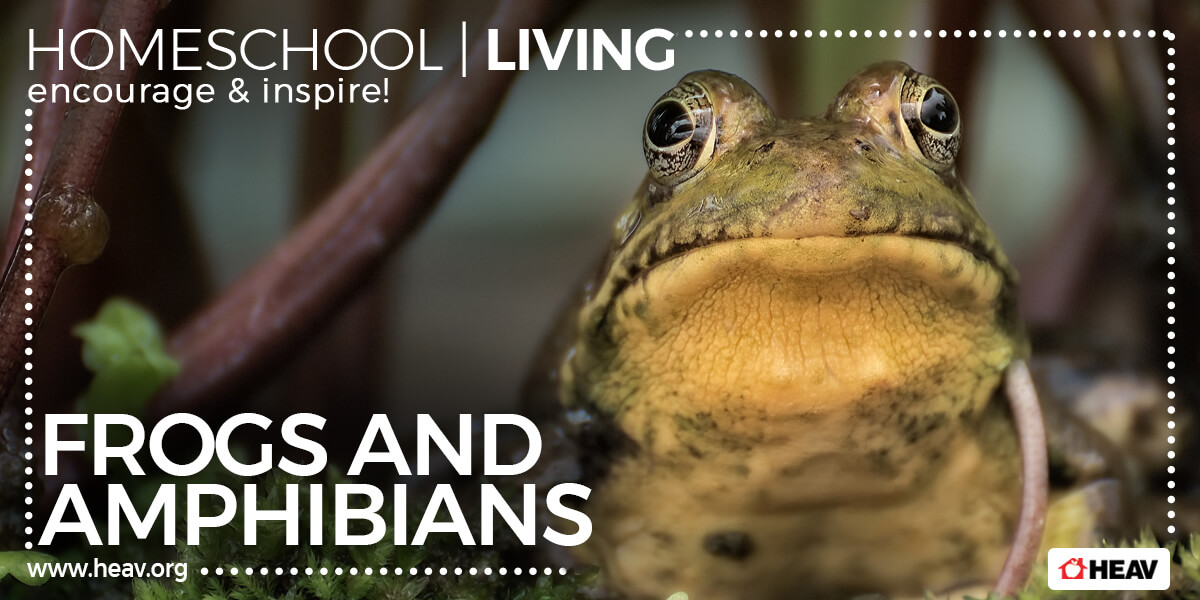Summer Unit Study: Frogs and Amphibians
As formal studies wind down for the summer, you may be looking for an interesting summer unit study to continue engaging your kids through your break. Even if you continue schooling year-round, a timely unit study can help break the monotony of structured lessons and set a new tone for your homeschool. Consider a unit study about frogs and amphibians–these unique creatures can fascinate students young and old, and if you’re lucky enough to be able to collect frog spawn and raise some tadpoles at home, it won’t even seem like school work!
Check out this video of a homeschool family’s frog unit study and tadpole collection. You’ll also see some quick reviews of helpful books to use in your own study.
Tale of a Tadpole by Karen Wallace
Starting Life: Frogs by Claire Llewellyn
Tree of Life: The Incredible Biodiversity of Life on Earth by Rochelle Strauss
Each state has different laws and regulations regarding the collection of wildlife specimens and their release back into the wild. Be sure to check the regulations for your area to avoid inadvertently damaging a specimen’s natural home or family group. You can find regulations for Virginia on the website for Virginia’s Department of Game and Inland Fisheries.
The Virginia Department of Game and Inland Fisheries also has some excellent resources for a frog unit study, including Virginia frog species information, frog and toad coloring pages, a backyard guide to helping frogs and amphibians, and a guide to creating vernal pools.
Use this coloring page/worksheet from KidZone to learn and review the lifecycle of a frog, from egg to full-grown frog.
This video from Naturenorth.com documents the development of tadpoles from eggs to frogs over the course of seven weeks, and features some excellent videography, including closeups of the tiny creatures’ development.
Salamanders are another type of amphibian to focus on. Your kids may already be familiar with these little creatures, especially if you’ve taken a forest nature walk after a spring or summer rain. You’ll find these little guys in warm, damp areas, like under rocks and logs. The website for the Virginia Herpetological Society includes photos and descriptions of the different salamanders you can find in Virginia, including maps of the counties and areas they are known to inhabit.








